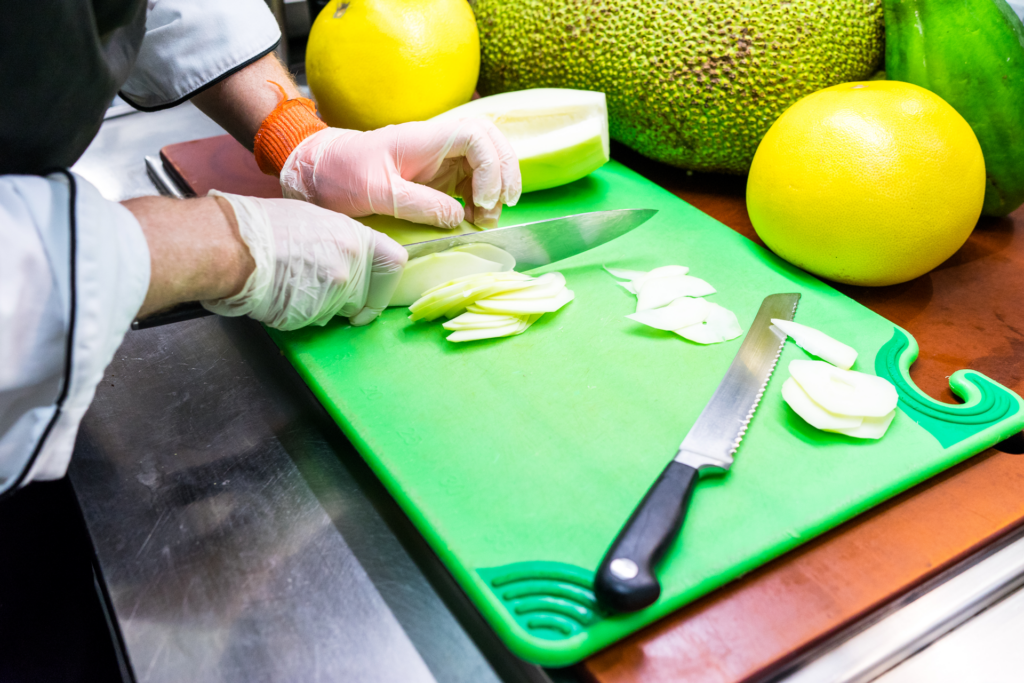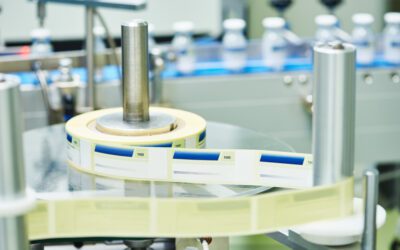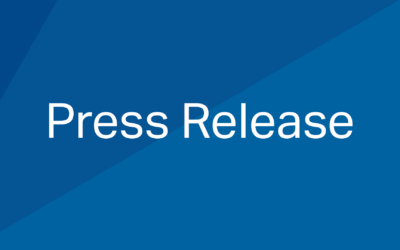FDA’s laser focus on food traceability as part of a Smarter Era of Food Safety under the Food Safety Modernization Act (FSMA) has translated into great strides in the protection of the U.S. food supply. In January 2023, FDA strengthened these efforts with a final rule that established Additional Traceability Records for Certain Foods, produced domestically and imported, included in the Food Traceability List.
From farm to table, firms producing foods on the Food Traceability List must track specific Key Data Elements (KDE) for Critical Tracking Events (CTE), both forward and backward in the supply chain. This framework forms the foundation for effective and efficient tracing of food.
CTEs include the following:
- Harvesting of food.
- Active cooling before initial packing such as icing, forced air cooling, etc.
- Initial packing (except for food from a fishing vessel) of a raw agricultural commodity.
- First land-based receiving of a food obtained from a fishing vessel.
- Shipping by truck, ship, or rail from one location to another, but excluding the consumer.
- Receiving by an entity other than a consumer.
- Transformation such as manufacturing, processing, or changing of a food on the Food Traceability List.

What are Key Data Elements and Critical Tracking Events?
The Food Traceability List makes clear that supply chain partners with KDEs for certain CTEs in the food’s supply chain must maintain and make readily available any records pertaining to these events.
While the information that firms must keep and send forward will vary depending on the type of supply chain activities they perform with respect to an Food Traceability List food, all must assign, record, and share Traceability Lot Codes for their Food Traceability List foods as well as link these Traceability Lot Codes to earlier stages as the food moves through the supply chain.
FDA offers an interactive worksheet for KDEs and CTEs enabling those working with Food Traceability List foods to understand the KDEs and CTEs they must track to fulfill their traceability requirements as part of the supply chain.
For instance, Cooling KDEs include:
- The location description for the immediate subsequent recipient (other than a transporter) of the food.
- The food commodity and, if applicable, variety.
- The location description and date for where the food was cooled.
Remember, food traceability looks forward and backward, and the processes that a Food Traceability List food undergo while in your control must be recorded and remain with the Traceability Lot Codes as the food moves through the supply chain.
As part of traceback activities, Traceability Lot Codes will also retain all pertinent information prior to your possession of the food. In this example, a Cooling KDE must also include the location description for the farm where the food was harvested prior to cooling.
Notable for farms, there are no specific KDEs related to the growing or raising of foods on the FTL and there are no Shipping KDE requirements when a food is shipped before it has been initially packed.
What is a Food Traceability Lot Code?
As traceability is the focus of FDA’s Smarter Era of Food Safety, all foods on the Food Traceability List must have a Food Traceability Lot Code that is used to track the lots throughout the manufacturing lifecycle. Even foods received from entities that are exempt from additional recordkeeping compliance must have a Traceability Lot Code assigned to them once they are under the control of a non-exempt entity.
For example, in the case of transforming foods to create a deli salad with tomatoes, cucumbers, and olives, receiving records and records for the incoming ingredients (tomatoes and cucumbers) must be retained as these two foods are on the Food Traceability List. However, records for olives as an incoming ingredient do not need to be retained since olives are not on the Food Traceability List.
Once the Traceability Lot Code is assigned, this number stays with the lot moving forward, helping to identify where the lot has been and the processes the food lots go through. In the deli salad example, records for the deli salad, as well as any subsequent shipping records for the deli salad, must be kept.

Documenting Food Traceability
Those working with foods on the Food Traceability List must have documented traceability plans for tracking food lots throughout their lifecycle. These Traceability Plans must include how you will identify any foods under your control that are subject to the Food Traceability List, and a detailed plan for how those foods will be traced, including specifics on how you will assign Traceability Lot Codes for tracking and tracing.
Farmers (excluding egg farmers) subject to the Food Traceability List must also document on a map the specific locations on the farm such as the geographic coordinates where those foods are grown. Likewise, aquaculture farms must clearly define on a map the locations of ponds, pools, tanks, etc. where seafood on the Food Traceability List is raised.
All the documentation contained in the Food Traceability List must be legible and retained in its original condition, either digital, written, or true copies. Digital copies of records must be kept and retained in accordance with the requirements of 21 CFR Part 11 for electronic recordkeeping.
This information must be readily available at all times and provided to FDA upon request within 24 hours, or another mutually agreed upon timeframe.
Am I Exempt from the Food Traceability List?
Certain exemptions do apply to the Additional Recordkeeping Requirements for Food Traceability Lists.
FDA has created an interactive flow chart enabling companies to determine any exemptions. Much like other provisions within FSMA, small or very small entities with less than a certain threshold of annual income may not be subject to Food Traceability List compliance in certain circumstances.
Other exemptions include those entities that apply kill steps that significantly minimize pathogens in a food. For example, if you apply a kill step to a food on the Food Traceability List and maintain a record of your application of the kill step, the Additional Recordkeeping final rule would not apply to your subsequent shipping of the food. Additionally, any subsequent receivers of a food to which the kill step has been applied are also not subject to the requirements of the final rule.
Likewise, if a Food Traceability List food will receive a kill step in the future (by an entity other than a retail food establishment, restaurant, or consumer), that food is partially exempt from the rule, providing the shippers and receivers of the food enter into written agreements stating that the kill step will be applied by the receiver or a subsequent entity in the supply chain.
FDA Food Traceability and Additional Recordkeeping Enforcement
Compliance for the Additional Recordkeeping Requirements for Food Traceability List foods regardless of business size or physical location is January 20, 2026.
After such time, FDA expects to conduct routine records inspections that seek to ensure covered entities are fulfilling their obligations, identify any compliance gaps and ensure voluntary corrective actions are implemented in the case of deficiencies.
However, as noted earlier, FDA may request Traceability records and will do so in exigent circumstances such as foodborne illness outbreaks, recalls, or other food safety emergencies. In these cases, FDA may request specific records from covered entities to facilitate a traceback or trace forward operation and these must be supplied within 24 hours or at a mutually agreed upon time.
Covered entities will not be required to regularly submit traceability data to the agency, but only in the case of routine inspections and foodborne illness investigation requests.
Free webinar: U.S. FDA Proposed Traceability Rule – Overview



![Top 10 Reasons for a BRC Audit Non-Conformity [2025]](https://fsns.com/wp-content/uploads/2022/08/shutterstock_1033058215-1-400x250.jpg)